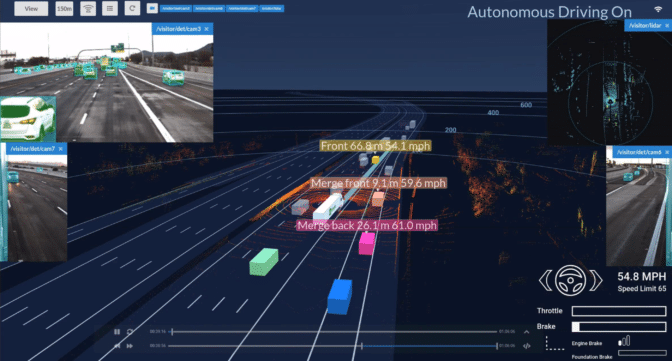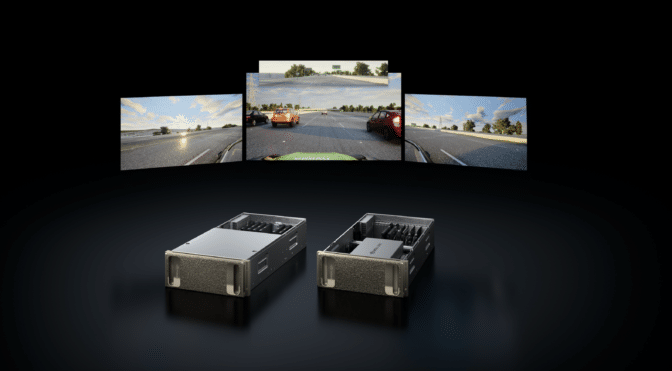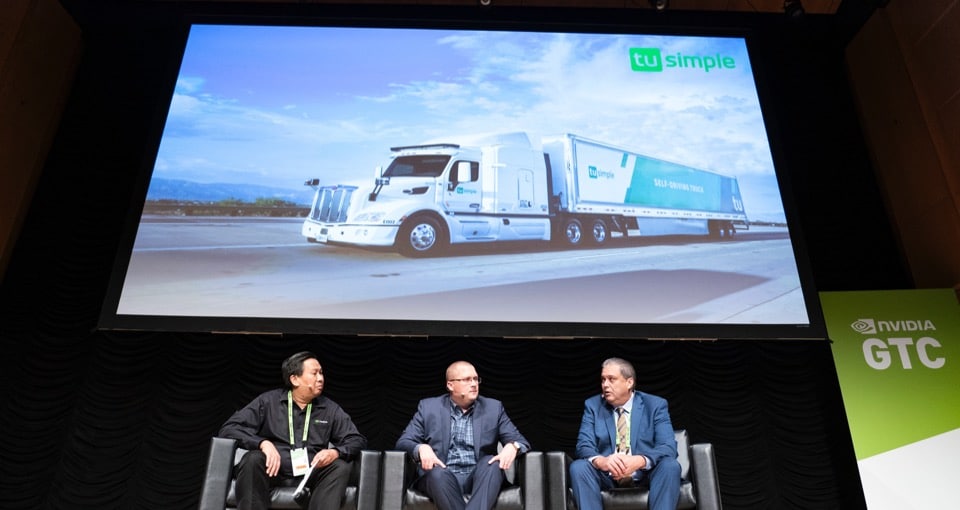Neither snow nor rain nor heat nor gloom of night stays the coming of autonomous vehicle technology, according to the U.S. Postal Service.
The USPS Wednesday discussed the results of its autonomous mail delivery pilot with NVIDIA DRIVE ecosystem member TuSimple at GTC DC.
The discussion follows the announcement earlier this week that the USPS — the world’s largest delivery service — will use NVIDIA end-to-end AI technology for mail processing.
The intersection of transportation, public policy, and AI was a major focus at this week’s conference, which saw more than 3,500 registered attendees — government officials, technology experts, media and analysts — come together this week in the nation’s capital.
Amid discussions on the integration of AI into industries like healthcare, robotics and education, attendees agreed on one trend: safer, more efficient transportation is well underway.
Brent Raney, director of surface transportation at USPS, said the human-supervised autonomous trucks delivered mail on its Dallas-Phoenix route up to two hours faster than the typical human driver.

Despite rain, construction zones and 40 mph crosswinds, the TuSimple trucks were able to navigate the route and consistently arrive earlier than expected.
And as the trucking industry faces growing driver shortages, self-driving vehicles are arriving just in time.
“For us, the sooner we can get to autonomy, the better,” Raney said.
Delivering Autonomy, Safely
Julia Ng, senior computer vision engineer at NVIDIA, spoke at GTC DC on how we’re prioritizing safety in autonomous trucking development — which includes measures such as the Safety Force Field driving policy and the integration of diversity and redundancy at every level of the autonomous driving system.
Dawn Fenton, director of sustainability and public affairs at Volvo Group, joined Ng on stage and said the NVIDIA approach aligns with the manufacturer’s long-time legacy of safety in transportation.
“For this technology to be successful, we must be able to prove it’s safe,” Fenton said, adding that consumer education is a crucial step toward public road deployment.
Virtual Tools for Real-World Results
Other speakers shifted the conversation from the open road to virtual highways.
While public road drives are a key component of testing and validating autonomous vehicle technology, experts agreed that simulation is necessary to achieve the scale and variability needed to ensure safe operation.
NVIDIA DRIVE Constellation is a cloud-based solution that enables millions of miles to be driven in virtual environments across a broad range of scenarios — from routine driving to rare or even dangerous situations — with greater efficiency, cost-effectiveness and safety than what is possible in the real world.
Stefan Merkl, mobility manager at safety agency TÜV SÜD America, said platforms like DRIVE Constellation are critical to determining the capabilities of autonomous driving systems.

“For functional safety, we need simulation,” Merkl said. “It allows us to achieve the scale and randomization needed for comprehensive validation.”
With the progress achieved thus far, and the vision and tools available for future development, this year’s GTC DC proved that coming autonomous transportation is truly a capital idea.
And there will be even more to explore next year. GTC Silicon Valley will host four days of broad-ranging autonomous vehicle discussions this March. Register here.
